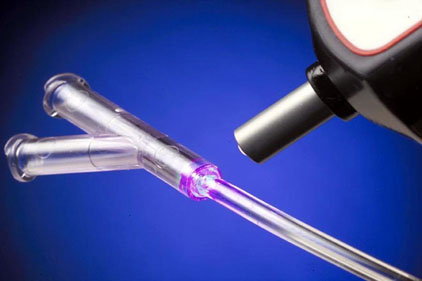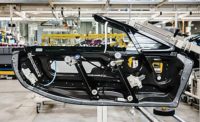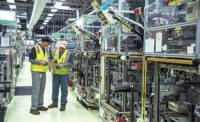Kaizen (continuous improvement) is a key principle behind lean manufacturing initiatives in all industries. However, kaizen can be different in a high-volume, low-mix medical device environment, such as disposable syringe assembly, vs. a low-volume, high-mix operation, such as diagnostic equipment manufacturing.
“Lean and kaizen principles apply to both types of production environments, but the focus and tools are vastly different,” says Don Penkala, president of Granite Bay Global, a lean manufacturing consulting firm.
“In low-volume, high-mix environments, the cost drivers are inventories and internal cycle times,” explains Penkala. “Therefore, kaizen efforts are focused on streamlining the flow of a wide range of products across many different process routings. Machine efficiency is still important, but not as important as creating the right cells which produce certain families of products.
“There is a high opportunity in most high-mix environments to dramatically improve customer fulfillment and reduce in-process inventories (and thus, slash operating costs) by better managing the way products are produced—from assembly cell creation to employee engagement to quick changeover capability,” Penkala points out.
“In a high-volume, low-mix environment, we usually focus on improving process and equipment reliability and measure performance using overall equipment effectiveness,” says Penkala. “Asset reliability and efficiency are the key cost drivers, so kaizen activities are targeted at here to improving throughput and increase
profitability. Automated systems are more commonly found in these environments, so maintaining and improving uptime is essential.
“The concept of kaizen remains the same [no matter the volume],” says Sammy Obara, president of Honsha Associates, an alumni association of former Toyota Motor Corp. engineers and managers. “If you eliminate waste, you do it at the root cause. Then you standardize so it doesn’t come back. Then you do yokoten (horizontal deployment) so other processes, product families and production sites can all benefit from that kaizen.
“What sometimes change are the restrictions behind continuous changes,” notes Obara, who spent three years studying lean manufacturing principles in Toyota City, Japan, and another 10 years applying it at Toyota plants in North and South America. “[In the medical device industry], depending on the process, you [may] have to wait for government approval. At Toyota, some kaizens were tested for months until we knew it was safe to standardize and multiply them.”
High-Volume, Low-Mix Is Keen on Lean



